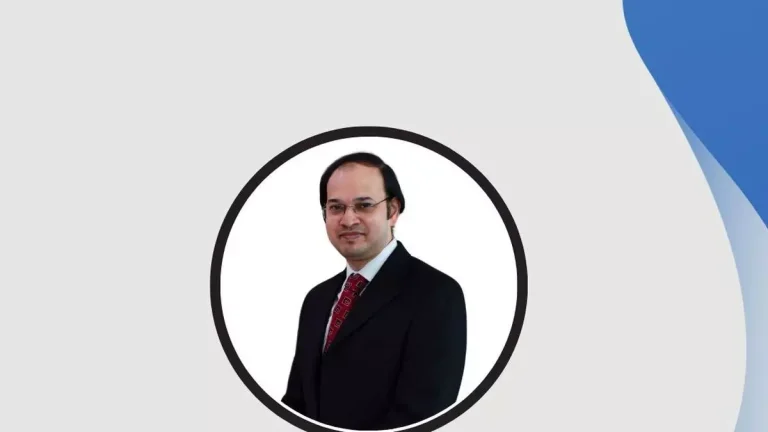Most investors spend a lot of time researching the right stocks, mutual funds, and bonds to invest in. But a decision that plays a much bigger role in your long-term investing results is asset allocation. In this Personal Finance podcast from Business Line, Nitin Shanbhag, Head of Investment Products at Motilal Oswal Private Wealth, talks to Aarati Krishnan, Consulting Editor, about the outlook for a range of asset classes and the how investors should allocate them. Nitin has 17 years of experience in the markets and advises high net worth and ultra high net worth clients on asset allocation and investment strategy.
The main question on most stock investors’ minds today is whether the market is too expensive and whether it is time to book profits in their stock portfolios, after the indices hit all-time highs . Mutual fund companies use models based on the Nifty50 PE and Price to Book value to make this decision.
When asked if this is the right time to book stock profits based on Nifty PE, Shanbhag explained that Motilal Oswal uses a proprietary model, based on many variables beyond the Nifty PE/PBV to perform this call. He said investors can still invest in stocks as strong earnings support the recent market rally. He cautions, however, that the mid- and small-cap segments are expensive relative to long-term averages, while large-caps are still within the long-term averages.
Stocks and bonds rarely offer investment opportunities at the same time. But today we find ourselves in a situation where interest rates have increased significantly. Long-term government securities in India now yield close to 7.4%, while highly rated corporate bonds yield close to 8%. Mr. Shanbhag says that with interest rates likely to fall over time and the inclusion of Indian g-secs in global bond indices, long-duration g-secs offer a good investment option, as both as direct investments and through mutual funds.
But to capitalize on the flat yield curve, investors need to explore several regular income options ranging from g-secs to bonds and REITs or Invits. Private credit vehicles are also a good alternative at present, he believes.
Asked why gold has not really outperformed despite crises such as Covid and the Russia-Ukraine and Israel-Hamas conflicts, he points out that gold has generated a fairly good return of 15% in 2023. He recommends gold primarily as a portfolio. cover investors with high allocations to risky assets like stocks. Sovereign gold bonds are the best vehicle to buy gold since their 2.5% coupon effectively allows you to invest in gold at a price lower than the prevailing market price.
Finally, when asked if the 100-minus rule really works for asset allocation, he says that investors need to consider many other variables when deciding their asset allocation. It asks investors to prepare an investment charter listing their income, savings, financial goals, etc. to arrive at an asset allocation plan.
Tune in for a detailed conversation.
Host: Aarati Krishnan, Producer: Siddharth Mathew.
—–
About the State of the Economy Podcast
The Indian economy has been hailed as a bright spot amid the general gloom that seems to have enveloped the rest of the world. But several sectors continue to stutter even as others appear to be on fire at full throttle. To help you understand all of the country’s contradictions, businessline offers podcasts with experts ranging from finance and marketing to technology and start-ups.



